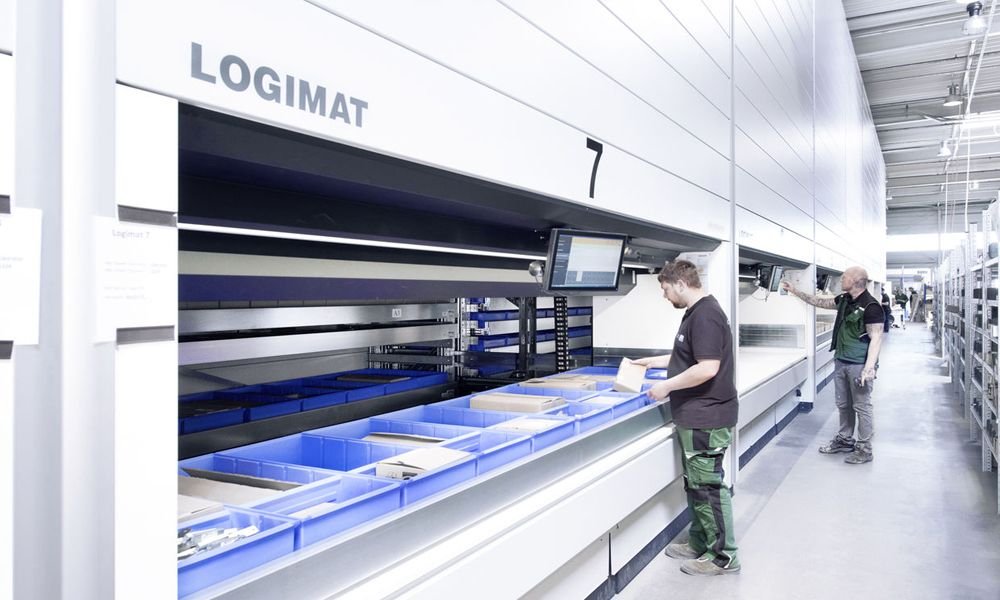Used in rubber conveyor belts
Because of advances in technology and the types of materials used to manufacture rubber multi-ply conveyor belting there is often confusion concerning belt edge types.
This information bulletin is designed to provide up-to-date guidance and clarification. There are basically three types of edges available: moulded edge, (cut and) sealed edge and (plain) cut edge.
Moulded Edge
Many years ago, moulded edges were the norm because cotton was used as the reinforcing fabric in multi-ply belts.
A moulded edge was necessary in order to prevent moisture penetrating the cotton fabric and causing it to rot.
However, since the inception of synthetic ply belt carcasses using polyester and polyamide, this problem effectively no longer exists. As a consequence, belts without moulded edges are now the most commonly used.
Moulded edges can only be created when a belt is manufactured (assembled and vulcanised) to an exact width, usually a specific width required by the end-user. A small strip of non-reinforced rubber is attached to the side of the carcass during the calendaring of the belt. The strip is formed as an integral part of the belt during the vulcanizing process. This typically provides 5 to 15 mm of rubber on the belt edge without fabric reinforcement.
Moulded edges do not provide any structural advantage and can be susceptible to damage if the belt wanders off-track.
Non-reinforced rubber can easily be cut off so when a belt with moulded edges gets damaged, large pieces of rubber are often torn off.
Most ‘non-stock’ belting in special grades (fire resistant for example) and/or non-standard sizes are made to order at the specific width requested by the customer. These will therefore naturally have moulded edges unless the widths and length combinations requested by the customer allow belts to be slit (cut) from a wider, more cost-efficient production width.

Sealed Edges
To maximise efficiency of production, standard productionbelts are usually made as wide as the production machinerywill allow and are then subsequently cut to narrower widths.At Dunlop we automatically create belts with sealed edgesusing a special cutting process involving cutting knives thatrotate at very high speed. The heat created by the friction ofthe rotating knives melts the carcass fibres and the rubberon the edge of the belt, effectively creating a seal. This isreferred to as a ‘cut & sealed edge’ or simply ‘sealed edge’.Apart from a better visual aspect, the sealed edge means thatthe belt is not sensitive to moisture penetration and cantherefore be used in wet conditions and is better suited tolonger-term storage outdoors.
Cut Edge
Belts with cut edges are produced in the same way asdescribed previously but are cut (slit) using conventionalrotating knives. A ‘cut edge’ is therefore not sealed.At Dunlop we do not recommend the use of unsealed (raw)cut belt edges as wet conditions and outdoor storageconditions can cause water to enter the carcass from theedge due to capillary forces. Although the carcass fibres arehardly affected, moisture can cause vulcanising problemswhen making splice joints.
Steelcord Construction Belts
All steelcord belts are manufactured to a specific set ofspecifications which fully embed the steel cords and aretherefore only available with moulded edges. In the caseof steelcord and steel reinforced fabric ply beltingit is necessary to use moulded edges in order to preventmoisture from causing the steel to corrode over time.





